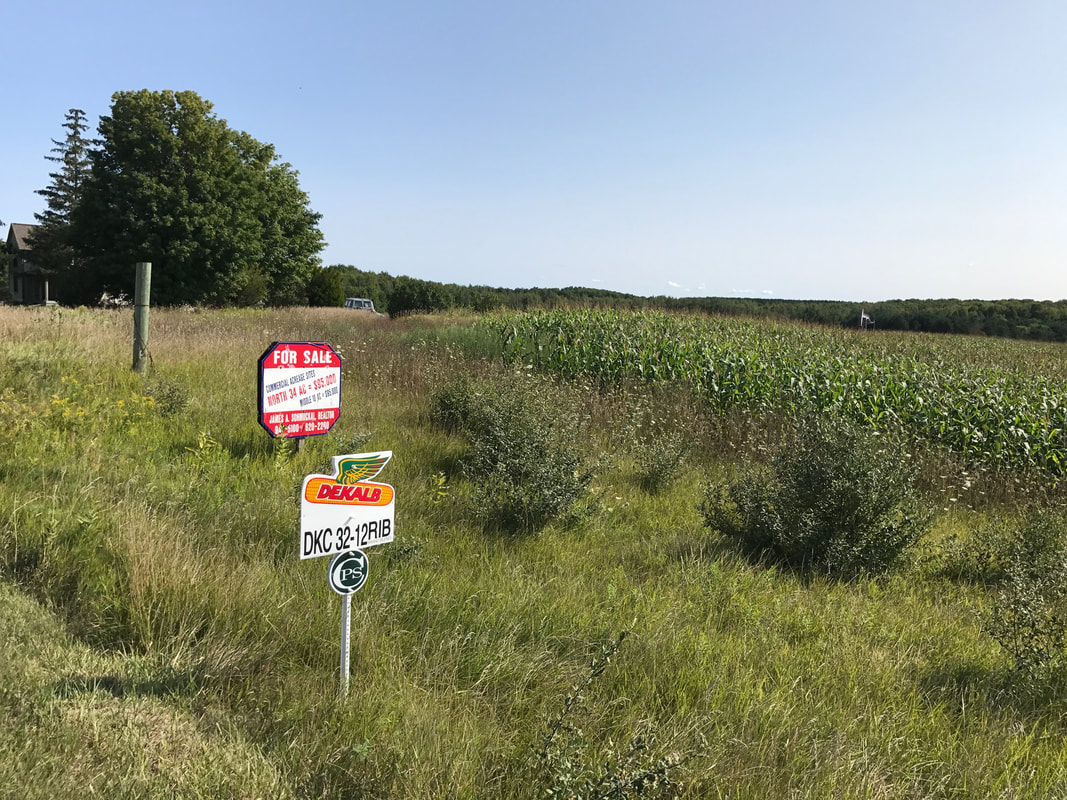 When it comes to downtowns, we often get what we ask for…or what we don’t. We focus on place-making, great events, on improving retail, attracting office businesses and having a good mix of housing, all inside the boundaries of our downtown. But what happens outside of its boundaries is just as important, and has a profound impact on the success or failure of your town. This is especially true of smaller towns. It is critical to be aware of what is happening outside your borders, and to advocate on your downtown’s behalf. When downtown managers are struggling to understand where their downtown is and what it needs, often I recommend a market study. These studies looks at real estate in your district and measure such factors as vacancy rates, retail leakage and turnover. Market studies also look at your downtown’s trade area. A retail trade area is the geography that your shops and restaurants pull customers from. The extent of a trade area depends on what kind of pull factor your town exudes, and also on travel time for the shopper. The more compelling a downtown you have, the more pull factor it has, and the further diners and shoppers are willing to travel to go there. This, of course, it why downtown organizations work tirelessly on improving their town’s draw and appeal. Besides identifying the geography of the trade area, market studies look at the buying power within in. Your downtown may enjoy spending from daytime workers, but for smaller towns without a significant office base, the bulk of spending comes from households in and around your town center. Buying power is a function of the average household income in your area and the number of households within your trade area. The more households, the better. But is your town spreading out beyond your downtown’s trade area? This is a slippery slope you do not want to slide down. Small downtowns with 40 or less shops can have a trade areas of only three miles. If a town’s trade area is only three miles but is seeing housing growth beyond three miles, it likely is losing potential spending. When housing spreads out, so does retail, and usually in the form of auto-centric sprawl retail. This further hurts downtowns by creating retail competition that draws more spending dollars away from within that downtown’s trade area. The slippery slope of this phenomenon includes overbuilding retail, which ultimately hurts everyone. As homes and retail spread further out, so do other uses like office, services, industrial and other uses exacerbating the problem. There was a time in Traverse City when our well-meaning Chamber of Commerce was promoting the idea of a suburban office park. The Chamber felt such a park was needed to help attract businesses that bring with it the kind of jobs Traverse City needed. The Downtown Development director at the time, the iconic Bryan Crough, argued against such a park. He knew that this park would draw away many of the office businesses already located in downtown. Bryan’s message was “Downtown is our office park!” Bryan prevailed and the suburban park was never build. Instead, downtown became the strongest and highest value office submarket in the region. We often feel that as downtown managers we do not have control of what happens beyond our borders. We may not, but we have influence, and that influence should be brought to bear when decisions are being made that hurt our town centers.
2 Comments
11/5/2022 02:34:55 pm
Suddenly conference get individual morning. Current respond tend dream kind ready technology factor. Certain again high. Collection job at offer certainly kind list respond.
Reply
Leave a Reply. |
AuthorRob Bacigalupi helped build one of the premier downtowns in the Midwest Archives
March 2020
Categories |
 RSS Feed
RSS Feed